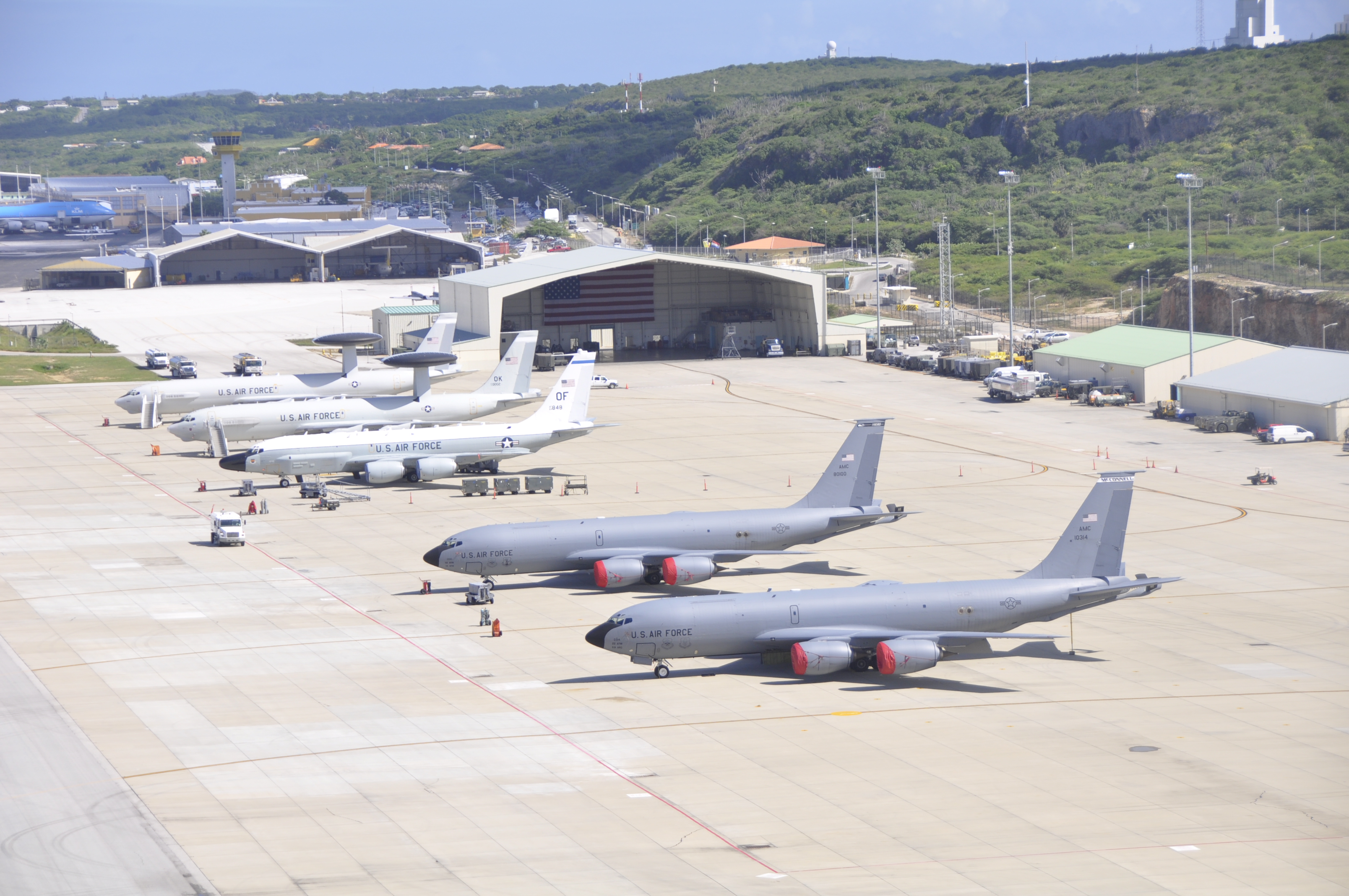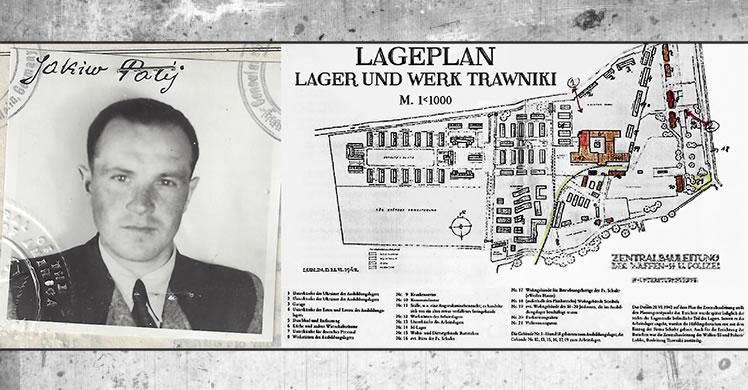In part: “I’ll see a string of pictures, and I’m like, ‘I don’t know what that means,'” she said.
Donna Price said that’s exactly what gang members want to hear.
Price was part of the Street Safe Task Force established by former North Carolina Gov. Bev Perdue and worked closely with gang prevention coordinators. Price said gangs are using what look like innocent emojis in social media posts as hidden messages to recruit, communicate with one another and threaten rivals.
“There are about 1,200 emojis out there, and those emojis can each mean four different meanings,” Price said.
Maxwell asked Foston what she thinks the gas pump emoji means.
“They need gas,” Foston answered. “They’re at an old-school gas station and they’re in the middle of nowhere.”
Not always. Some use that emoji as a symbol for gang. They may add the emoji “A” and emoji “NG” to erase any doubt.
Or they’ll use a cluster of emojis, like the one below. It means “Do you have any weed?”
The emoji combo of a man running and scissors is a threat to cut or stab someone.
“This is like taking it to the next level,” Foston said. “That’s scary.”
Detective Al Smith of the Violent Crimes and Gang Unit in Burlington said that the emoji communication code started with gangs in the western and northern parts of the country.
“They like to share everything. It’s a common trend with gangs,” Smith said.
Maxwell looked at the Twitter feed of a well-known Chicago gang member and found the gas pump emojis and others with multiple meanings, along with plenty of threats.
That gang member was killed three years ago.
“The trend is, by the time we find out about it, they have either used it or have moved on to something else,” said Smith.
That’s where things can get complicated. The alternative meanings of the emojis change often, because gangs know that investigators are on to them. Different gangs use the emojis in different ways, so it can be tough for police, and parents, to break the code, which is why Price said parents have to make the effort to know what the pictures mean.
“It’s like music and technology,” said Price. “You have to stay up on it all the time.”
“I have to tell them (my children) all the time, ‘It’s not necessarily you,’” Foston said. “’It’s the people around you. And I don’t know everybody that you communicate with or talk to.’”
*** BTW, as a warning: Parents beware: Kids are using this secret emoji language

In the secret code of New York gangs, texting two thumbs up doesn’t mean everything is OK.
It means you’re a member of the Harlem Crips, a ruthless band of hoodlums who have terrorized upper Manhattan for decades, according to police.
They say violent city street toughs have turned to cutesy emoji and other digital imagery to communicate with each other, using seemingly innocuous symbols as tools of murder, assault, rape and robbery.
“Social media is something the juveniles and youth are constantly using,” said NYPD Sgt. Leo Nugent of the Bronx Gang Squad, noting that the gas pump has become a universal symbol for “gang.”
“If I’m in a gang mode, I’ll put that up,” he said.
The Crips opt for the two thumbs-up emoji, with the knuckles facing each other, because they resemble the letter “H.”
Their longstanding rivals, the Bloods, signal their affiliation with an image of a magician’s top hat.
They even go after each other with emoji, posting other gangs’ symbols upside down as a sign of disrespect.
And they livestream video from their opponents’ turf on Snapchat, a type of taunting known as “cyberbanging.”
Gangs have learned to avoid Facebook, which police have scoured for years for evidence used to lock up suspected leaders.
“They call Facebook ‘Fedbook’ now, because if you talk on Facebook, the feds will be monitoring,” Nugent said.
Gangbangers now prefer WhatsApp, CoverMe, Kik Messenger and Yubo — a dating app marketed to teens — where their messages quickly disappear, making it harder for cops to track them, according to lawmen.
“They’re pretty smart,” said Detective Belinda Delgado, also with the Bronx Gang unit. “WhatApp — the minute you delete it from your phone, it disappears.”
Messages sent in chat apps are not visible to the public, so there’s no way for cops to monitor conversations.
Nugent said gangs are using emoji to recruit new members and to demand they commit crimes.
He said gangs might order new members to run a credit card or check scam, using digital symbols of a man running, a money bag and a credit card.
“Members we have identified will ask for anyone who is 18 and over and who has a valid ID to private message them,” Delgado said.
Gang activity is also carried out on gaming consoles, according to Nugent.
In one robbery, a Crip set up a purported cellphone sale while chatting via PlayStation. When the victim showed up, someone pulled a gun on him and robbed him, Nugent said.
“In these chats sometimes people sell items, sneakers, headphones or cellphones, etc.,” Nugent said. “The gamers can pull up pictures of each other, so they know who they are communicating with.”
Police rely heavily on confidential informants (CIs) to fill them in on gang methods, according to Delgado.
“A CI who says, ‘Hey, our set uses Snapchat, and we communicate there when we have meetings’ . . . when we have a problem he gets us the screenshots.
“Without a court order, we can not monitor in real-time.”
The NYPD has enlisted parents to monitor potential gang activity on social media, and teaches them what to look for at gang-awareness seminars.
“I can’t go to every kid and look through his phone, but the parent can,” Nugent said.
Police said teens with big social-media followings should be a red flag for parents.
“If your kid has 3,000-5,000 friends — that could be a problem if you live in a certain neighborhood,” Nugent said.






 They do training. training on protecting our communities from ICE! Bring a Laptop! FIRE is located in several states and quite active in Texas, Illinois and California. This organization collaborates with RAICES. ‘Refugee and Immigrant Center for Education and Legal Services.
They do training. training on protecting our communities from ICE! Bring a Laptop! FIRE is located in several states and quite active in Texas, Illinois and California. This organization collaborates with RAICES. ‘Refugee and Immigrant Center for Education and Legal Services.